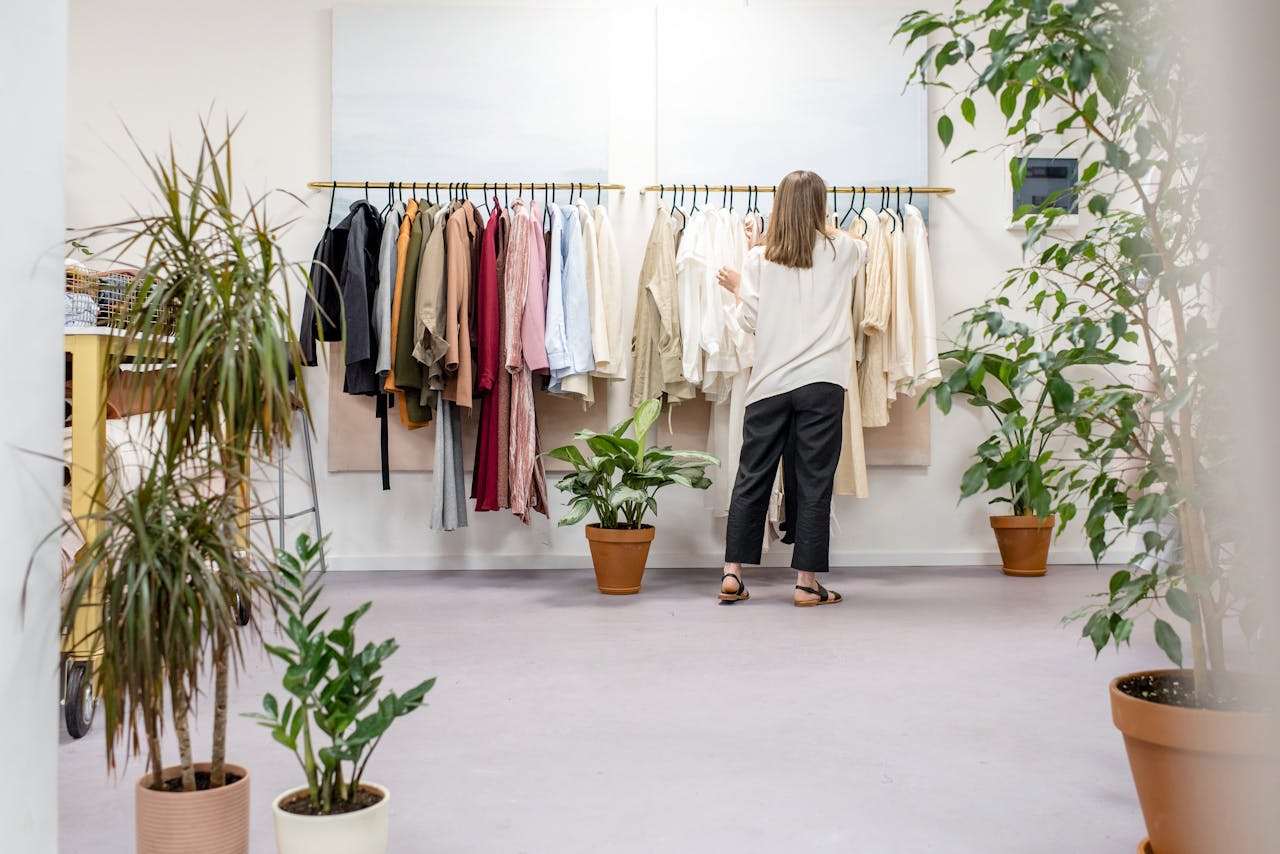As concerns about climate change and environmental degradation grow, sustainable fashion has emerged as a crucial movement within the industry. It emphasizes the importance of ethical production, environmental stewardship, and responsible consumerism. Building an eco-friendly wardrobe not only contributes to the health of our planet but also promotes social responsibility. This guide will explore the principles of sustainable fashion and provide practical steps to create a more eco-friendly wardrobe.
Understanding Sustainable Fashion
Sustainable fashion encompasses a range of practices aimed at reducing the environmental and social impacts of clothing production and consumption. It prioritizes the use of eco-friendly materials, ethical labor practices, and the minimization of waste. The fashion industry is notorious for its environmental footprint, contributing to pollution, water scarcity, and landfill waste. By opting for sustainable fashion, consumers can play a significant role in transforming the industry.
The Principles of Sustainable Fashion
- Eco-Friendly Materials: Sustainable fashion focuses on materials that have a minimal environmental impact. Organic cotton, Tencel, hemp, and recycled fabrics are popular choices. These materials are produced with less water, fewer chemicals, and lower carbon emissions compared to conventional textiles.
- Ethical Production: Supporting brands that prioritize fair labor practices is essential. This means ensuring workers are paid fairly, work in safe conditions, and are treated with respect. Transparency in the supply chain is a key indicator of an ethical brand.
- Timeless Design: Sustainable fashion encourages timeless styles over fast-fashion trends. By investing in classic, versatile pieces, consumers can reduce the frequency of their purchases, thereby minimizing waste.
- Second-Hand and Vintage: Buying second-hand or vintage clothing reduces demand for new garments, ultimately decreasing the environmental impact of fashion production. Thrift shops, consignment stores, and online resale platforms are excellent sources for unique, eco-friendly finds.
- Recycling and Upcycling: Brands that focus on recycling and upcycling materials help reduce waste. Upcycling involves transforming old garments into new pieces, giving them a second life while being creative and resourceful.
Steps to Build an Eco-Friendly Wardrobe
- Assess Your Current Wardrobe
Begin by evaluating your existing clothing collection. Identify items you wear frequently and those you rarely use. Consider donating or selling clothes that no longer serve you. This decluttering process will help you understand your personal style and the gaps in your wardrobe. - Define Your Style
Establishing a personal style can help you make mindful purchasing decisions. Consider creating a mood board with inspiration from fashion magazines, blogs, or social media. Focus on identifying key pieces that align with your aesthetic and can be mixed and matched. - Research Sustainable Brands
Take time to research brands committed to sustainability. Look for certifications like GOTS (Global Organic Textile Standard), Fair Trade, or OEKO-TEX, which indicate environmentally and socially responsible practices. Some notable sustainable fashion brands include:
- Patagonia: Known for its commitment to environmental and social responsibility.
- Reformation: Focuses on trendy, eco-friendly clothing.
- Everlane: Offers transparency about production costs and labor practices.
- Invest in Quality Over Quantity
Shift your mindset from fast fashion to investing in high-quality pieces that will last. Look for durable materials, classic cuts, and timeless colors. Although these items may have a higher upfront cost, they will save you money in the long run by reducing the need for frequent replacements. - Embrace Second-Hand Shopping
Explore thrift stores, consignment shops, and online platforms like Depop, Poshmark, or ThredUp. Not only will you find unique pieces, but you’ll also contribute to a circular fashion economy. Embracing second-hand shopping reduces demand for new clothing and helps extend the life cycle of garments. - Learn to Care for Your Clothes
Proper care can significantly extend the lifespan of your clothing. Follow care labels for washing and drying instructions, and consider air-drying to save energy. Learn basic sewing skills to make small repairs and alterations, ensuring your clothes remain in good condition longer. - Host Clothing Swaps
Organizing a clothing swap with friends or family can be a fun way to refresh your wardrobe without buying new items. Participants can exchange gently used clothing, allowing everyone to find something new while promoting sustainability. - Consider Capsule Wardrobes
A capsule wardrobe consists of a limited number of versatile pieces that can be mixed and matched. This concept simplifies daily dressing and encourages mindful purchasing. Aim for around 30-40 items that can create numerous outfit combinations. - Support Local Artisans
Seek out local designers and artisans who create sustainable, handmade clothing. Supporting small businesses often leads to unique finds and contributes to your local economy. - Educate Yourself and Others
Stay informed about sustainable fashion trends, practices, and challenges. Sharing this knowledge with friends and family can create a ripple effect, encouraging more people to embrace eco-friendly fashion choices.
The Impact of Sustainable Fashion
Building an eco-friendly wardrobe goes beyond personal style; it contributes to a larger movement toward sustainability. By making mindful choices, consumers can drive demand for ethical practices in the fashion industry. Each purchase has the power to support brands that prioritize the planet and people.
Conclusion
Sustainable fashion offers a pathway toward a more responsible and conscious approach to clothing consumption. By understanding the principles of sustainable fashion and taking practical steps to build an eco-friendly wardrobe, individuals can contribute to positive change in the industry. Embracing sustainable practices not only benefits the environment but also fosters a sense of personal style that reflects your values. Together, we can redefine fashion for a sustainable future, ensuring that style and ethics go hand in hand.
